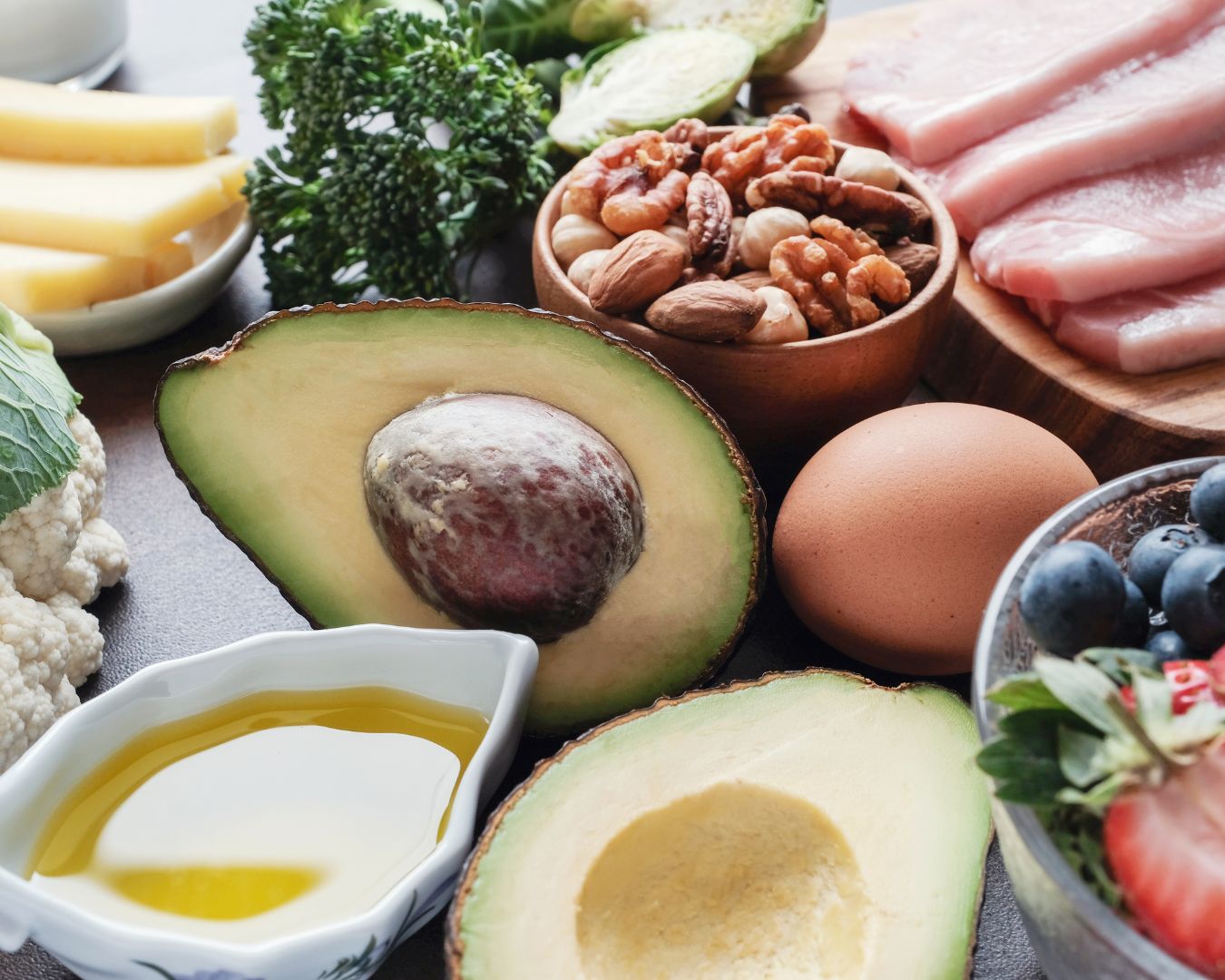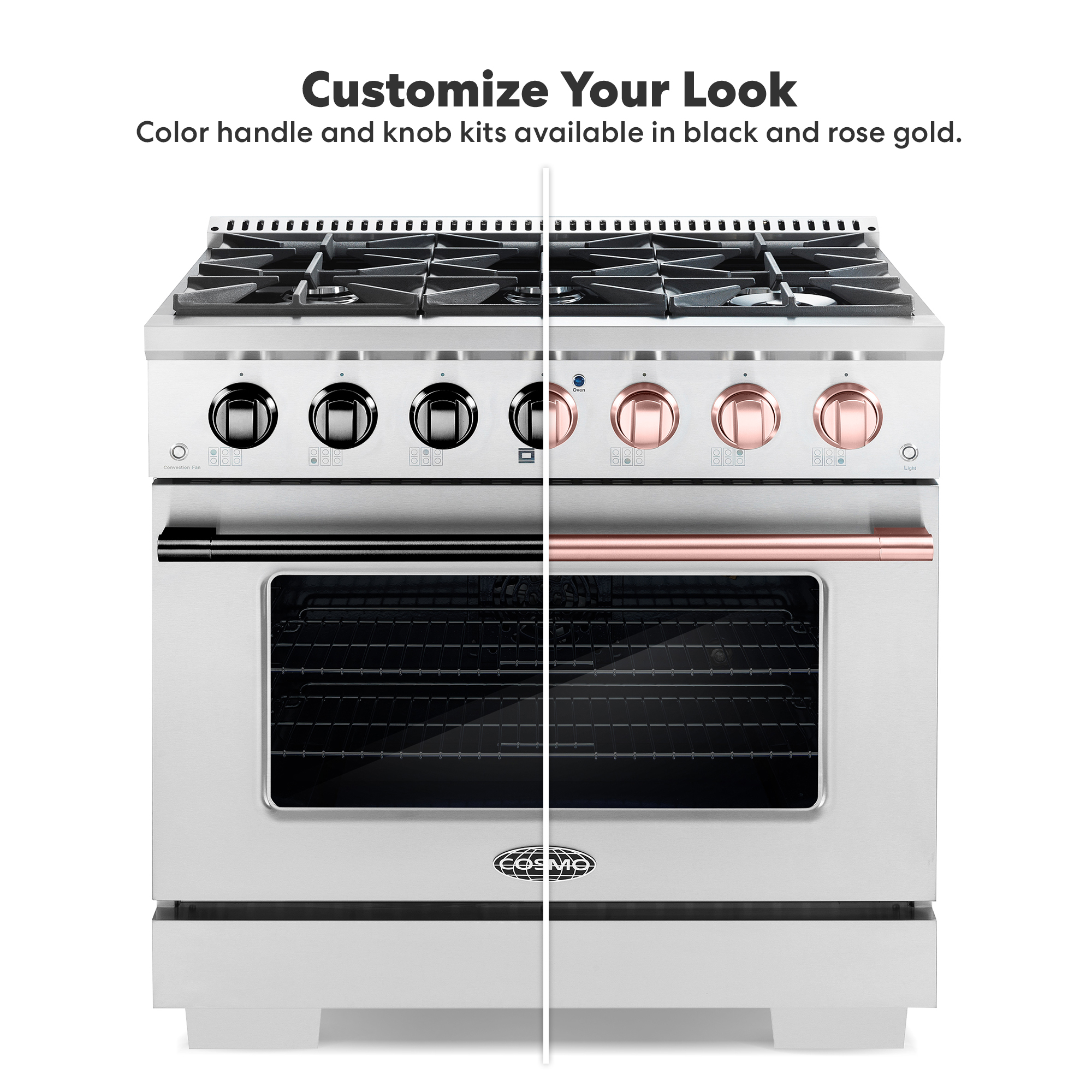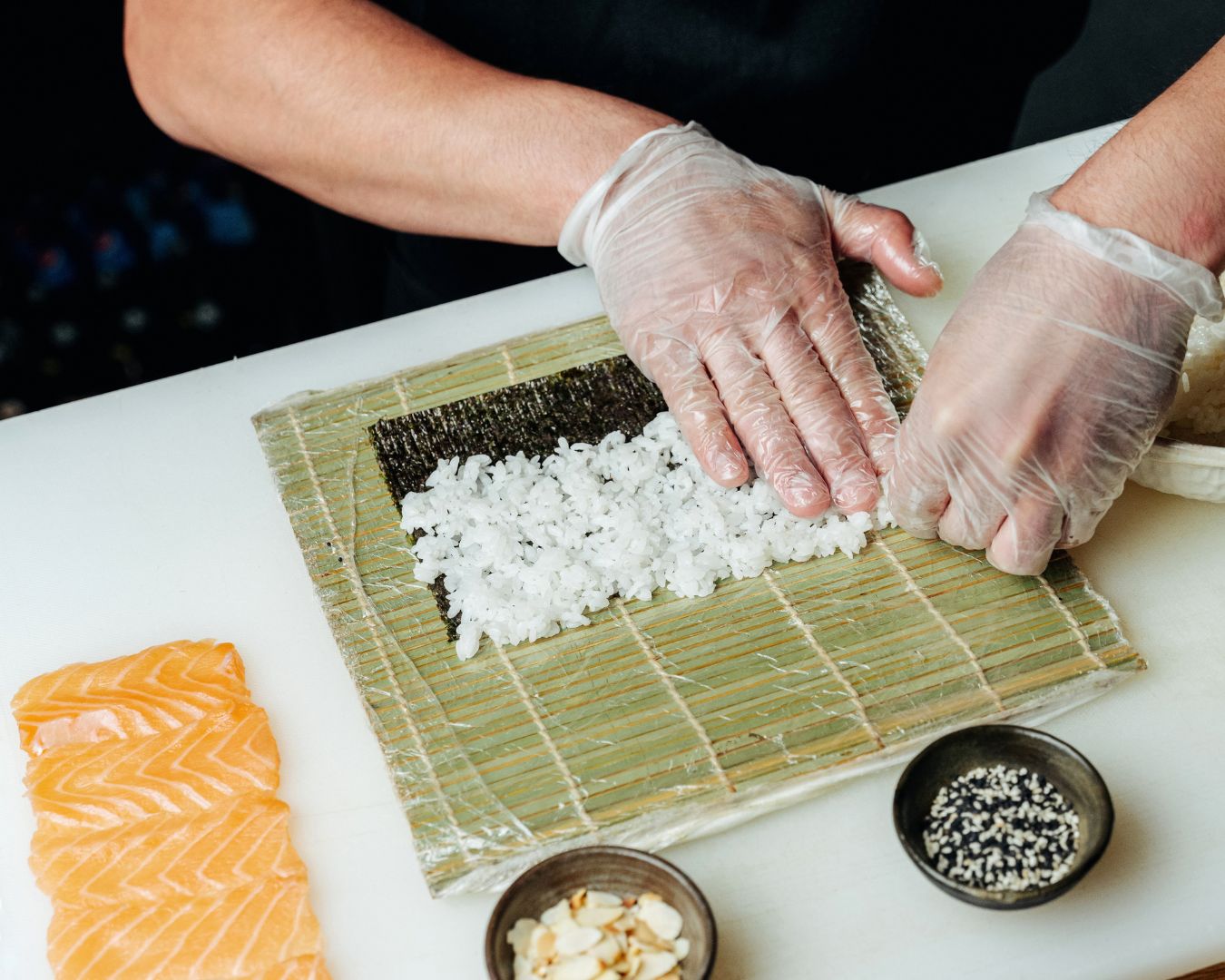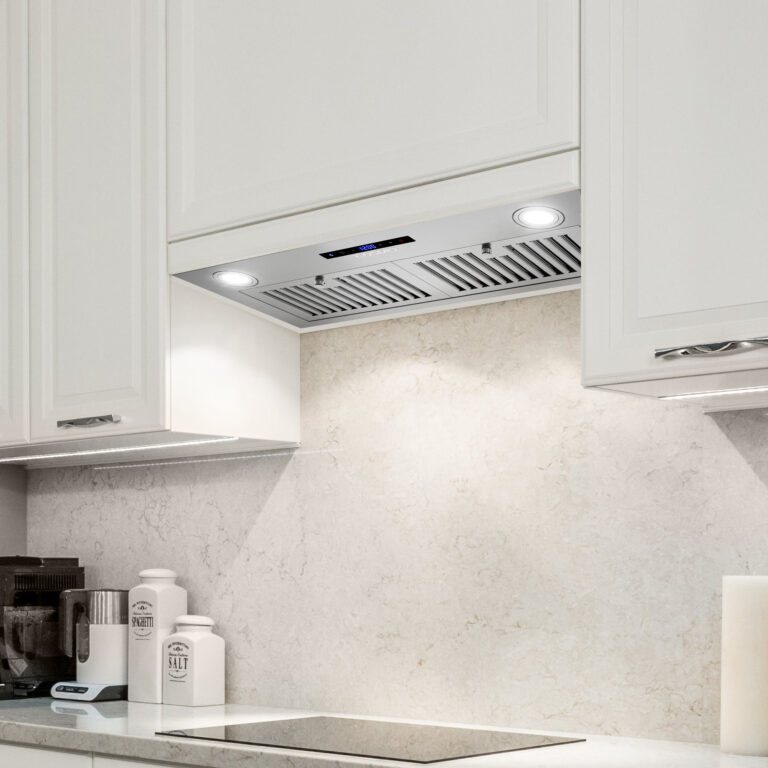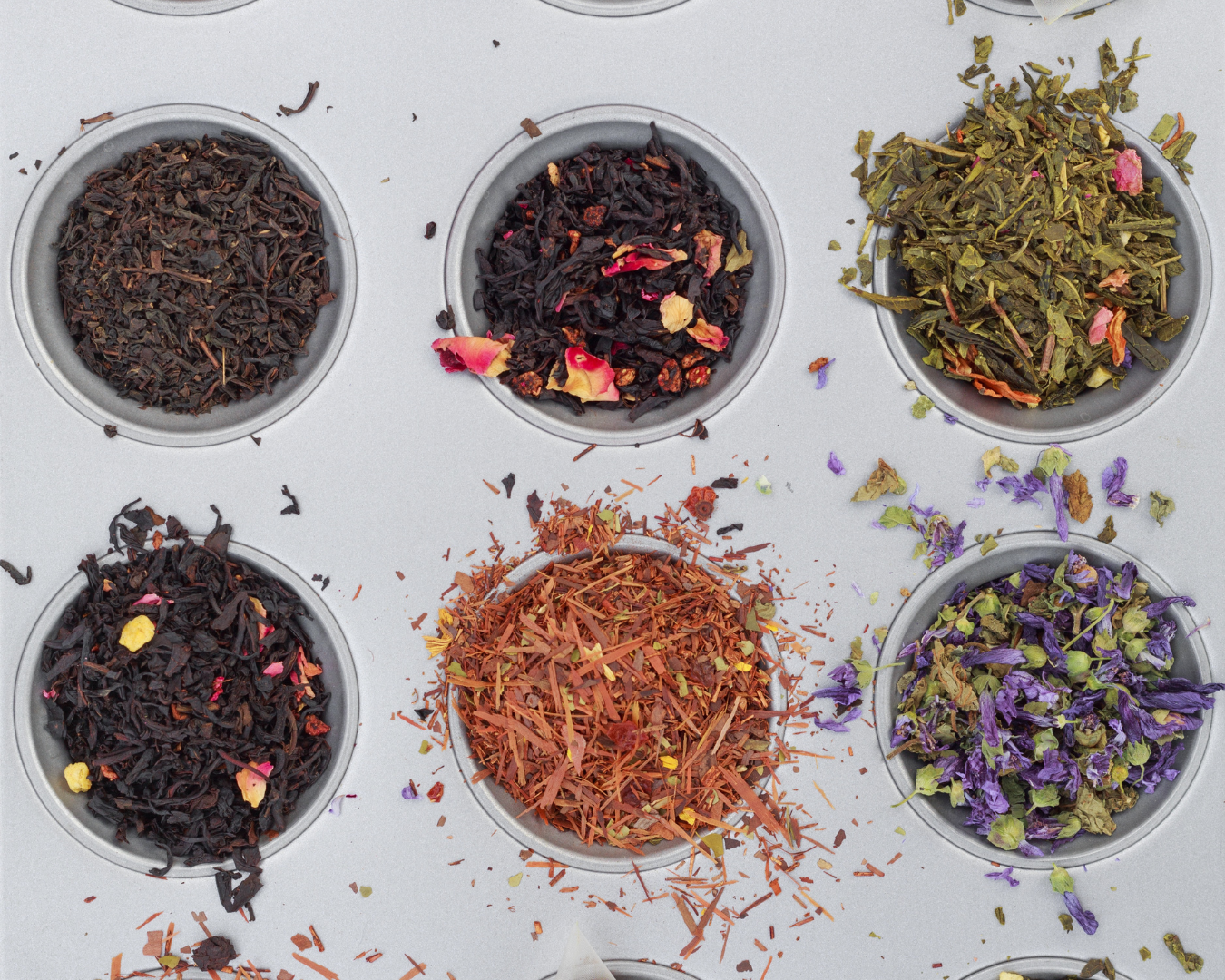Maximizing Your Kitchen: Space-Saving Furniture for Small and Cramped Living Areas
Living in a small or cramped space can be challenging, especially when it comes to the kitchen. However, innovative furniture designs and smart arrangements can transform even the tiniest kitchen into a functional and stylish space. Here’s a look at some ingenious kitchen space-saving furniture ideas to help you optimize your kitchen area. Foldable and Expandable Tables Foldable and expandable tables are perfect for small kitchens as they provide flexibility in space usage. When not in use, they can be folded away to free up space, and expanded when you need more surface area for dining or meal prep. Benefits: Wall-Mounted Drop-Leaf Tables A wall-mounted drop-leaf table is attached to the wall and can be folded down when needed. It’s an excellent option for ultra-small kitchens where every inch counts. Benefits: Multi-Functional Kitchen Islands Multi-functional kitchen islands come with built-in storage, prep areas, and even seating options. Some designs include wheels, allowing you to move the island as needed. Benefits: Pull-Out Cabinets and Drawers Pull-out cabinets and drawers maximize vertical space and make it easier to access items stored at the back. They can be customized to fit specific storage needs, like spice racks, pantry items, or trash bins. Benefits: Nesting Tables and Stools Nesting tables and stools can be stacked together when not in use, saving valuable floor space. They are great for kitchens that double as dining areas. Benefits: Over-the-Sink Cutting Boards Over-the-sink cutting boards sit on top of your sink, providing additional counter space for food prep. Some designs include colanders or strainers, making them even more functional. Benefits: Magnetic Knife Strips and Wall Racks Free up counter and drawer space by using magnetic knife strips and wall racks for storing knives, utensils, and other kitchen tools. Benefits: Stackable Storage Solutions Stackable storage containers and bins help you make the most of vertical space in cabinets, pantries, and refrigerators. Benefits: Optimizing a small or cramped kitchen requires creativity and the right furniture solutions. By incorporating foldable tables, wall-mounted drop-leaf tables, multi-functional islands, pull-out cabinets, nesting tables, over-the-sink cutting boards, magnetic strips, and stackable storage solutions, you can create a functional and stylish kitchen space. These innovative designs not only save space but also enhance the overall efficiency and aesthetics of your kitchen, making it a more enjoyable place to cook and gather.


